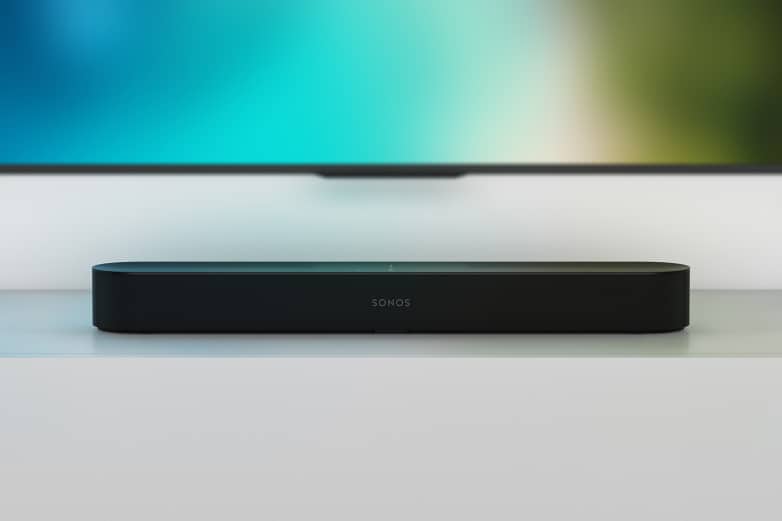
Last month, a spacecraft arrived at the International Space Station carrying, among other cargo, small cube-shaped robots called Astrobees. The devices are designed to operate in the space lab’s unique microgravity environment, offering assistance to the astronauts located on the ISS. In its most recent update on the matter, NASA shared an image of the Astrobee robot ‘Bumble’ on the ISS alongside some details about how it and its ‘Honey’ companion are operating.
As with their counterparts on Earth, astronauts can benefit from robots designed to take over certain tasks that would otherwise use up precious time better suited for complex tasks.
NASA points out on its website that robotic assistants can work to improve the space station’s efficiency by assistant with some ‘routine duties’ like taking inventory, moving around cargo, and using cameras to document experiments.
The Astrobee is described as a free-flying system — it was made specifically to operate in the ISS’s microgravity environment. A trio of cube-shaped robots comprise the system, which itself includes a docking station to which the robots can autonomous return for charging. The Astrobee propulsion system utilizes electric fans for moving the Astrobees through the microgravity space lab.
In its most recent update on the robotic assistants, NASA shared an image of astronaut Anne McClain performing the initial series of tests on the Astrobee robot named Bumble. McClain collaborated with a team on Earth at NASA’s Ames Research Center on verifying all of the robot’s various systems, including propulsion, cameras, avionics, docking, and ability to transfer data.























